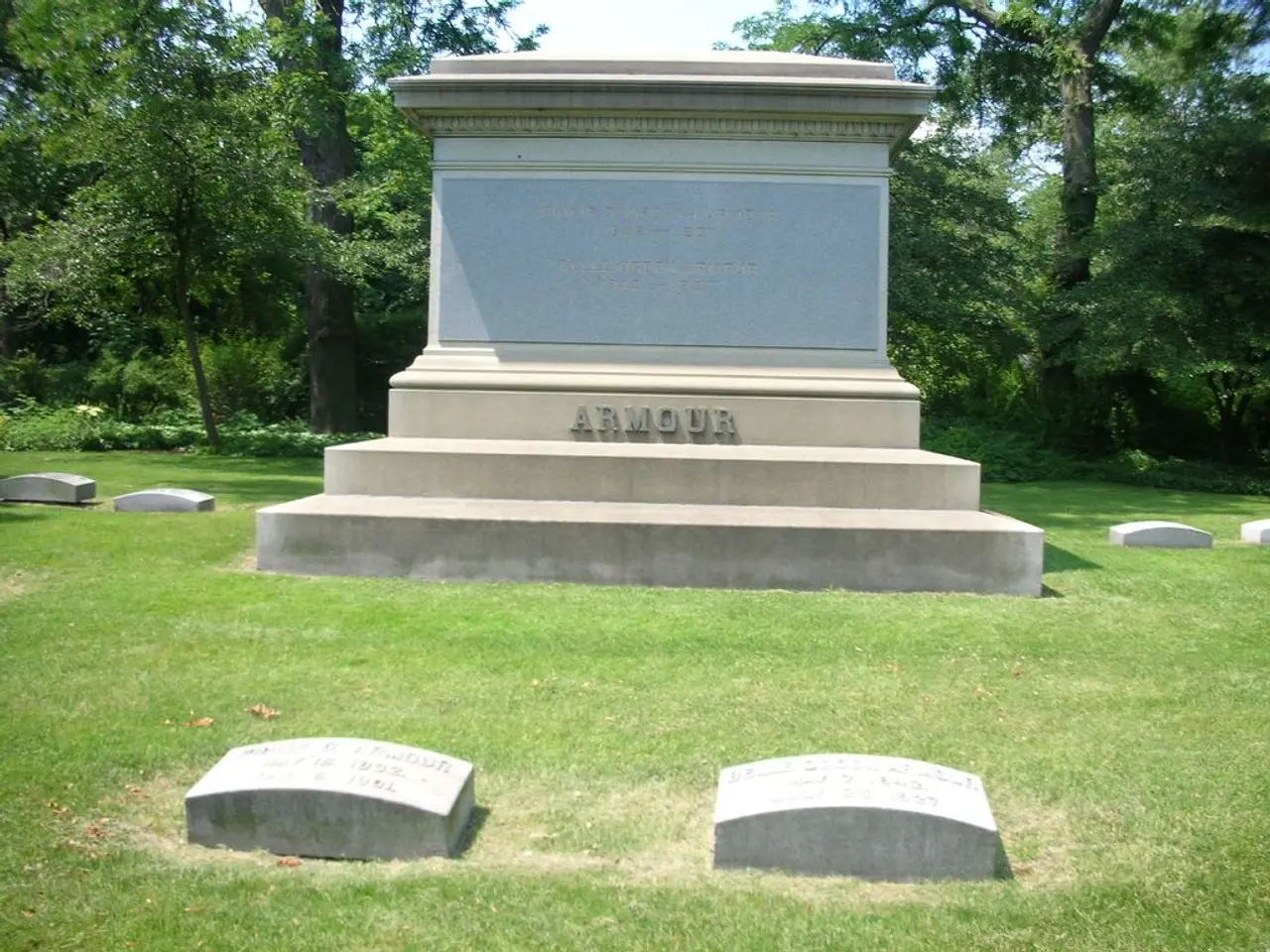Renowned theater director Robert Wilson passes away at 83, leaving behind a fiery trail in the art world
Robert Wilson, Pioneering Multidisciplinary Artist, Passes Away at 83
Robert Wilson, a groundbreaking figure in the world of performance art, theater, and visual arts, passed away recently at the age of 83 in Water Mill, New York. His death was due to a brief but acute illness.
Born in Waco, Texas, in 1941, Wilson's artistic journey began in an unconventional manner. He struggled with an auditory-processing disorder as a child, which led to a stutter. However, this obstacle did not deter him. Wilson found solace in the world of dance and began his experimental theater pieces.
Wilson's parents, a lawyer and an insurance company employee, supported his artistic ambitions. He attended the University of Texas as an undergraduate, studying business administration between 1959 and 1962, but his passion for the arts led him to move to Brooklyn to study architecture at the Pratt Institute.
Wilson's unique artistic style, characterized by an interest in stillness and slowness, was evident in his early works. His first performance at the Byrd Hoffman School of Birds, a theater group he founded in 1967, was Baby Blood (1967), where Wilson moved across a plank and covered himself in plastic.
The Byrd Hoffman School of Birds produced avant-garde performances such as Deafman Glance and The Life and Times of Joseph Stalin. In 1976, Wilson broke new ground with the opera "Einstein on the Beach," which he co-produced with composer Philip Glass. The opera, which tells Albert Einstein's biography abstractly, is nearly five hours long and contains minimal dialogue, making it a provocation upon its release but has since become a classic.
Wilson's artistic output extended beyond theater to include drawings, set designs, furniture, sculptural installations, and video art. His works spanned from museum artworks to unconventional stage adaptations. Wilson exhibited his sculptures at Paula Cooper Gallery, which frequently took the form of angular tables and chairs that sometimes were used as props in his theatrical productions.
One of his video series featured portraits of celebrities like Lady Gaga, Brad Pitt, and Pope.L. Wilson's artistic legacy is defined by his innovative fusion of performance art, theater, and visual arts, creating a unique and influential multidisciplinary practice.
In 1993, Wilson won the Golden Lion for sculpture at the Venice Biennale for an installation that consisted of a cracked-earth floor and a creepy figure that seemed to emerge from it. He also founded the Watermill Center in 1992, an interdisciplinary arts laboratory that supports contemporary artists and fosters cross-disciplinary creative exchange.
Wilson's legacy is that of a pioneering artist who broke conventional boundaries by integrating architectural rigor, theatrical experimentation, and visual art innovation into a comprehensive performative language that continues to influence theater and contemporary art worldwide. The Watermill Center, an arts center he founded, announced his death.
Wilson's contributions to the world of arts will be remembered for years to come, and his innovative spirit will continue to inspire future generations of artists.
Robert Wilson's artistic legacy spans various forms, including performance art, theater, visual arts, and drawing. His sculptural installations have been featured in galleries like the Paula Cooper Gallery.
In the art world, Wilson was known for breaking new ground with unconventional works that blurred the lines between theater and visual arts. His opera "Einstein on the Beach," co-produced with Philip Glass, became a classic.
Wilson's innovative fusion of art forms was award-winning. He won the Golden Lion for sculpture at the Venice Biennale in 1993 for an installation that consisted of a cracked-earth floor and a creepy figure.
Beyond theater and visual arts, Wilson also delved into entertainment, creating portraits of celebrities like Lady Gaga, Brad Pitt, and Pope.L in one of his video series.
In addition to his personal artistic achievements, Wilson established the Watermill Center in 1992, an arts center that supports contemporary artists and fosters cross-disciplinary exchange.
Wilson's passing at 83 marks the end of a pioneering career that shaped the landscape of the art world, leaving behind a rich legacy that will continue to inspire future generations.





